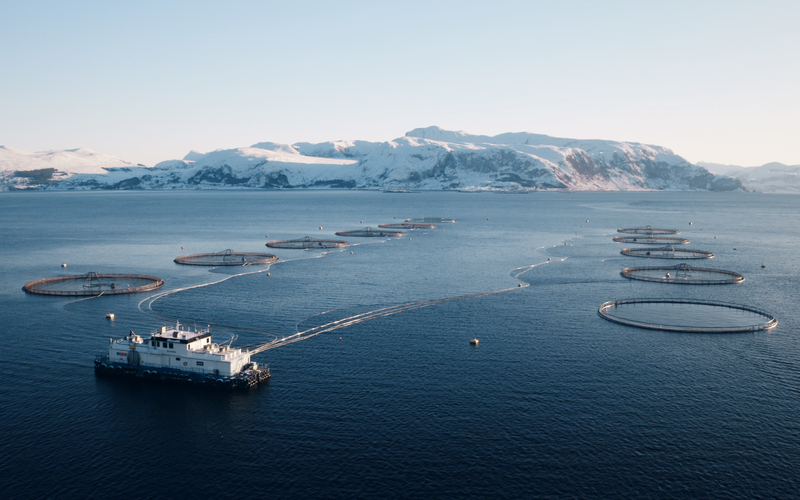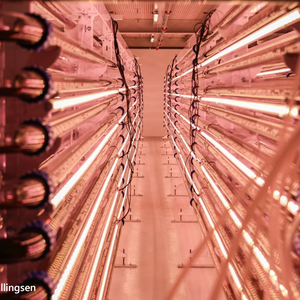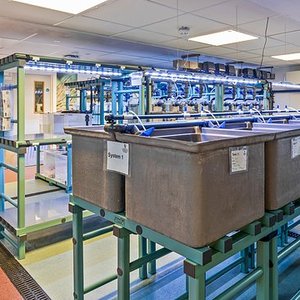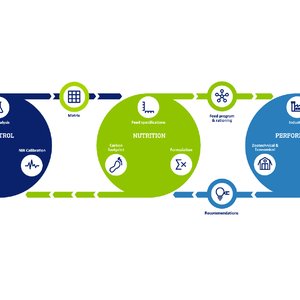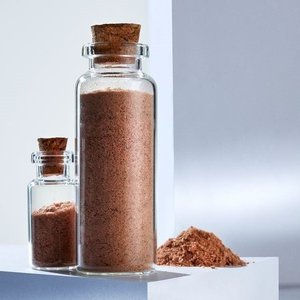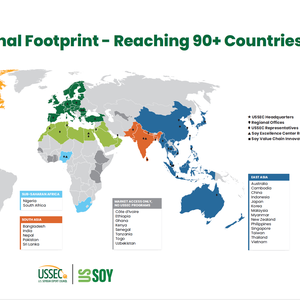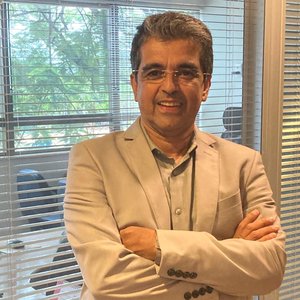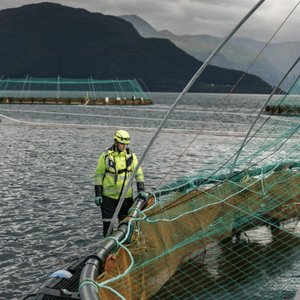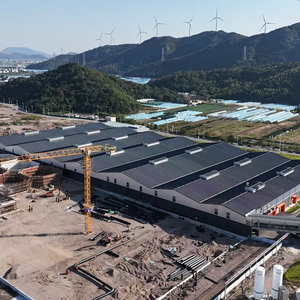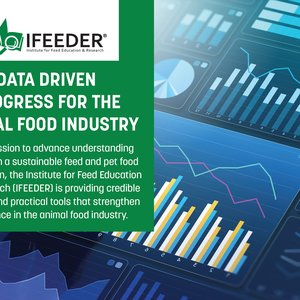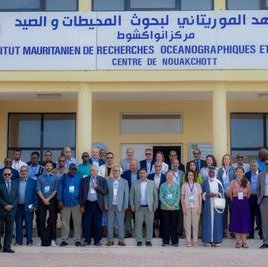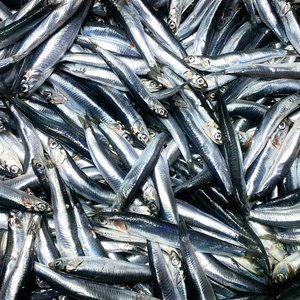Several of the world’s largest salmon producers have released their Q2 2025 results, showing record volumes and strong biological performance, but profitability was weighed down by low prices due to high supply growth.
Mowi
Mowi reported revenues of €1.39 billion and an operational EBIT of €189 million in Q2 2025, marking record-high second-quarter revenues driven by strong biological and operational performance, record harvest volumes, and lower costs.
The company harvested 133,000 metric tons in Q2, up 21% from the same quarter last year. Mowi has raised its 2025 volume guidance from 530,000 to 545,000 metric tons, a 9% increase from 2024.
The company has expanded global production from 400,000 to a projected 600,000 tons in just a few years, an annual growth rate of 6.1%, compared to the industry average of 3.3%. Much of this growth has been organic, with further expansion initiatives underway. Production costs decreased mainly due to lower feed prices.
Demand remained strong in Q2, with global salmon consumption up 5% year-over-year. However, after several years of biological challenges, the industry saw exceptionally strong performance in 2025, resulting in supply growth of up to 18% in Q2, which drove down prices. Supply growth has continued into Q3, but Mowi reports normalized production levels across the industry and expects marginal supply growth and stronger salmon prices in 2026.
SalMar
SalMar also reported strong biological performance in the first half of 2025, with record-high biomass levels heading into Q3. This supports expectations for higher volumes in the second half of the year. Favorable growth, reduced input costs, and a higher share of superior-quality fish since July 2025 are expected to further improve cost efficiency.
Although lower prices in H1 reflected increased supply and continued global uncertainty, demand remained strong. SalMar anticipates slower global supply growth in H2 2025 compared to the first half.
Lerøy Seafood Group
“We delivered solid operations across all segments in the second quarter, resulting in an operational EBIT of NOK 680 million,” said Henning Beltestad, CEO of Lerøy Seafood Group (LSG). “The quarter clearly illustrates the robustness of our business model with a fully integrated value chain in a diversified seafood company.”
Like its peers, Lerøy’s Q2 performance was affected by lower salmon and trout prices driven by strong supply growth, though contracts provided some earnings stability. Spot prices remained low into Q3. Beltestad noted that while higher supply pressures prices in the short term, it also contributes to building markets such as China, which benefits Lerøy, the industry, and Norway as an export nation in the long run.


